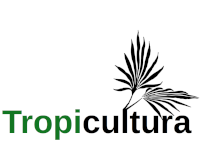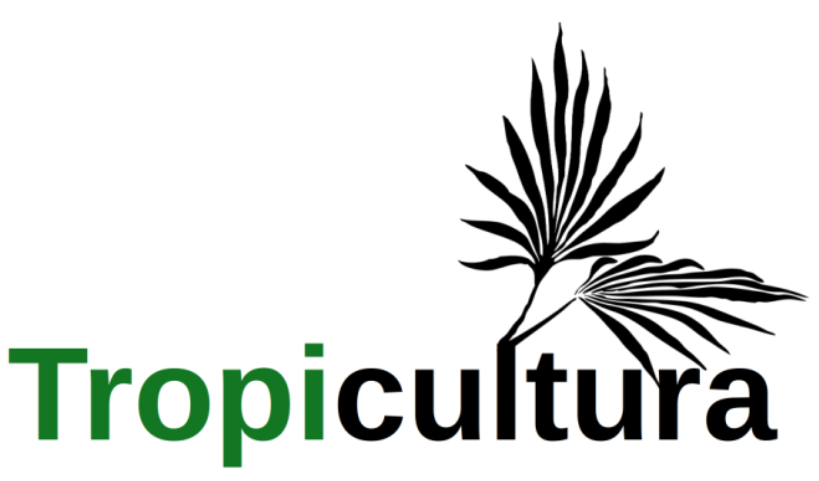- Home
- Volume 36 (2018)
- Numéro 2
- Partition du territoire et dynamique des végétations pendant la période de conflit en Côte d'Ivoire
View(s): 696 (1 ULiège)
Download(s): 799 (3 ULiège)
Partition du territoire et dynamique des végétations pendant la période de conflit en Côte d'Ivoire

Attached document(s)
original pdf fileRésumé
La crise politico-militaire declenchée en Côte d'Ivoire en septembre 2002 a entrainé une partition du pays en deux entités militaires et administratives distinctes. Le Sud est resté sous autorité gouvernementale quand le Nord du pays était sous la gestion d’une rebellion armée; les deux entités étant séparées par la zone dite tampon. Outre les répercussions sur les populations, cette crise a entrainé des perturbations des paysages. La présente étude a consisté à mettre en évidence la dynamique spatio-temporelle des parcs nationaux et forêts classées présents dans chacune des trois zones de découpage du pays entre 2002 et 2013. Les cartes d'occupation du sol ont été réalisées au début et à la fin des conflits. Un indice de perturbation anthropique a quantifié les pertubations intervenues dans les trois différents milieux. Les résultats ont montré que l'impact de la crise a été plus accentué dans les formations appartenant aux zones forestières que dans les zones savanicoles. Suivant le decoupage territorial issu de la crise, c'est la zone dite tampon qui a été la plus perturbée. De plus, ce sont les formations situées dans le centre-ouest, zone de forte production de cacao qui ont subi les plus fortes perturbations.
Abstract
Country Partition and Vegetations Dynamics During the Period of Conflict in Côte d'Ivoire.
The political-military crisis in Ivory Coast started in September 2002 led to a partition of the country into two distinct military and administrative entities. The South remained under governmental control when the north of the country was under the management of an armed rebellion; these two entities being separated by the so-called buffer zone. Apart from the repercussions on the population, this crisis has led to disturbances in the landscape. The present study consisted of highlighting the spatio-temporal dynamics of the national parks and classified forests located in each of the three cutting zones of the country between 2002 and 2013. The land use maps were made at the beginning and at the end of conflicts. An anthropogenic disturbance index quantified the disturbances in the different settings. The results showed that the impact of the crisis was more pronounced in the formations belonging to the forest areas than in the savannah zones. According to the territorial division resulting from the crisis, it was the so-called buffer zone which was the most disturbed. Moreover, the formations located in the centre-west, zone of high cocoa production, have suffered the most severe disturbances.







